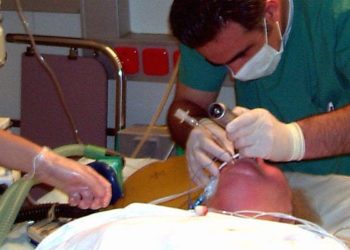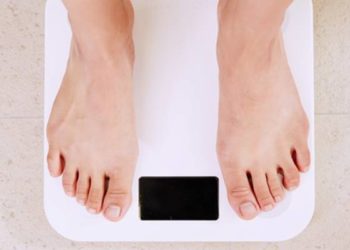#VisualAbstract: Bag-Mask Ventilation during Tracheal Intubation of Critically Ill Adults
1. For intensive care unit (ICU) patients undergoing tracheal intubation, bag-mask ventilation between induction and laryngoscopy resulted in less hypoxia during the procedure.
2. No difference in aspiration was reported for patients in the groups undergoing intubation with or without bag-mask ventilation.
Evidence Rating Level: 1 (Excellent)
Study Rundown: A significant number of tracheal intubations in the ICU are complicated by patient hypoxia, which is associated with subsequent cardiac arrest. Between sedative induction and laryngoscopy the use of positive-pressure bag-mask ventilation is controversial, as its benefit of reducing hypoxia is weighed against the perceived increased risk of aspiration. The Preventing Hypoxemia with Manual Ventilation during Endo-tracheal Intubation (PreVent) trial compared the use of bag-mask ventilation between induction and laryngoscopy with not using ventilation. Patients randomized to the bag-mask group had higher oxygen saturation levels than those in the group not being ventilated, and aspiration reported by clinicians and as evidenced on chest x-ray showed no between group differences.
This study provides very pragmatic, clinically useful evidence to support the use of bag-mask ventilation in rapid sequence induction. It is limited as the study is not possible to blind and only evaluated ICU patients, so may not be generalizable to emergency department patients.
Click to read the study in NEJM
©2019 2 Minute Medicine, Inc. All rights reserved. No works may be reproduced without expressed written consent from 2 Minute Medicine, Inc. Inquire about licensing here. No article should be construed as medical advice and is not intended as such by the authors or by 2 Minute Medicine, Inc.







